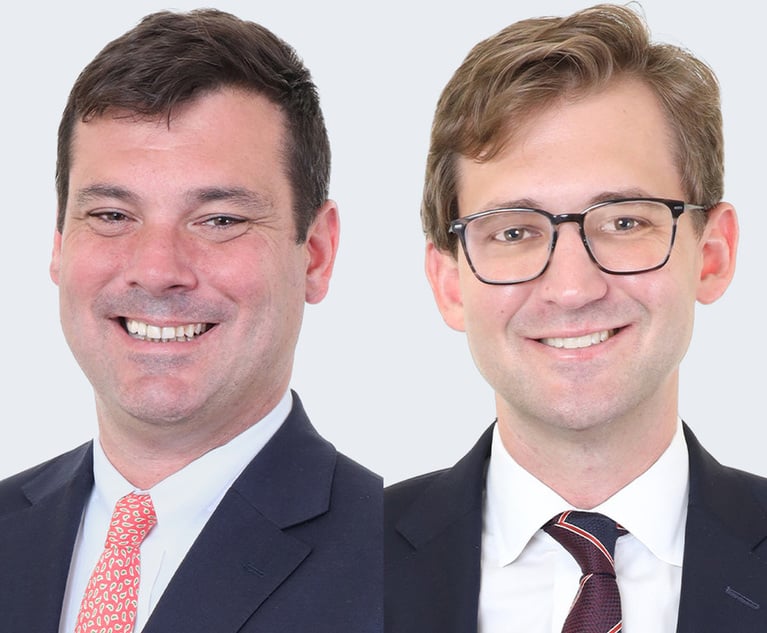The use of videotaped deposition testimony at trial has been commonplace now for decades and is the bread and butter of many serial tort cases. Upon a showing of witness unavailability, the federal rules allow for the presentation of video testimony, see e.g., Federal Rules of Civil Procedure (FRCP) 32(a) and Federal Rules of Evidence (FRE) 804, in some cases even when the deposition testimony was taken in a different matter involving different parties. See FRE 804(b)(1). However, in serial tort litigation courts have sometimes treated this as a one-way street, allowing plaintiffs to use depositions taken in other cases against defendants but not letting the defendant use the same sorts of depositions offensively if the same plaintiff was not present at the deposition. The reasoning lies in the language of 804(b)(1) which requires analyzing whether the party against whom it’s offered “had—or, in a civil case, whose predecessor in interest had—an opportunity and similar motive to develop it by direct, cross-, or redirect examination.” See FRE 804(b)(1)(B). A court’s inquiry is relatively straightforward when it comes to using the testimony against a corporate defendant in serial litigation—they were present at the first deposition, and if it is on roughly the same subject matter, they would have had an opportunity and similar motive to develop the testimony during the proceeding.
On the other hand, the court’s inquiry under 804(b)(1) is more complicated and context specific when a corporate defendant attempts to use a deposition of an unavailable witness offensively in litigation. The key difference is that when a defendant attempts to use the deposition, the plaintiff present at the deposition will almost always differ from the plaintiff against whom the testimony is being offered at trial. Though many courts have allowed such use under Rule 804(b)(1) or its state-rule equivalent after finding the previous plaintiff was a “predecessor in interest,” see, e.g., Horne v. Owens-Corning Fiberglas, 4 F.3d 276 (4th Cir. 1993); Rich v. Kaiser-Gypsum, 103 So.3d 903 (Fla. Ct. App. 4th 2012), other courts have found that a former plaintiff is not a predecessor in interest of a current plaintiff in serial litigation. See Freeman v. Ethicon, 2022 WL 17348191 (C.D. Ca. Sept. 13, 2022) (finding that the prior plaintiffs did not share a similar motive in which they had a “similar motive” to present plaintiffs; therefore, precluding the use of the prior deposition testimony proposed by defendants).


